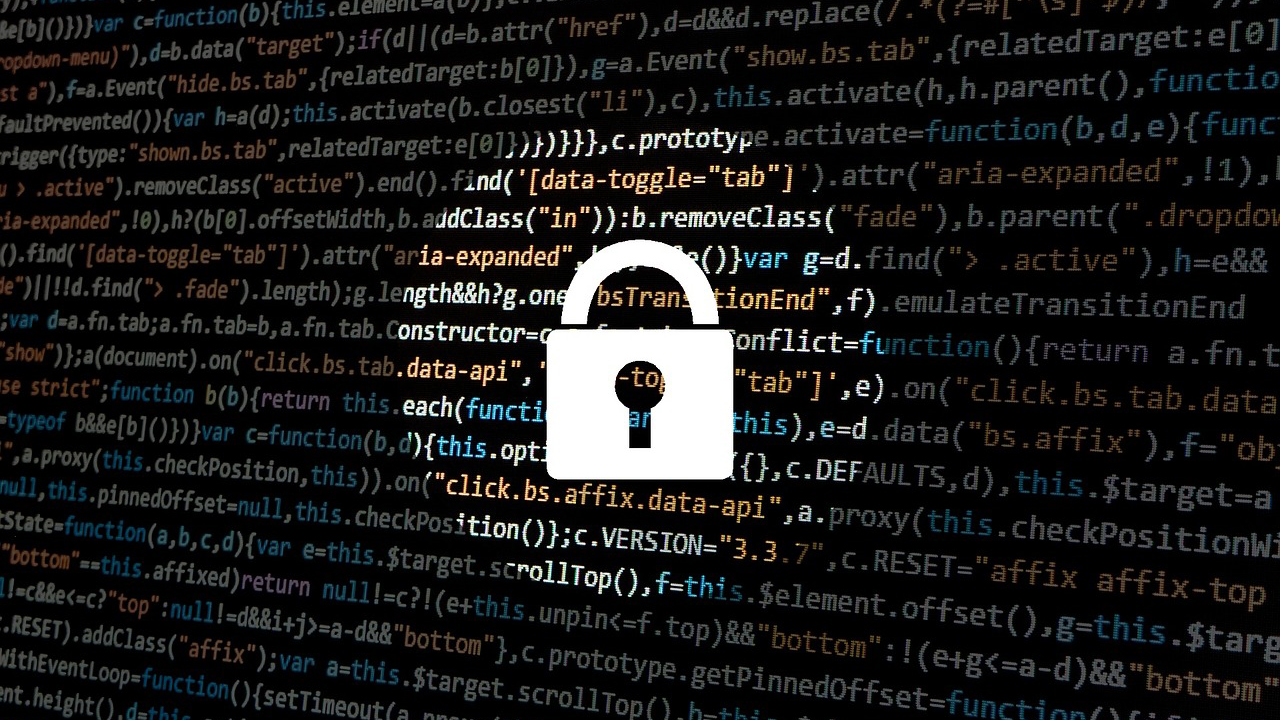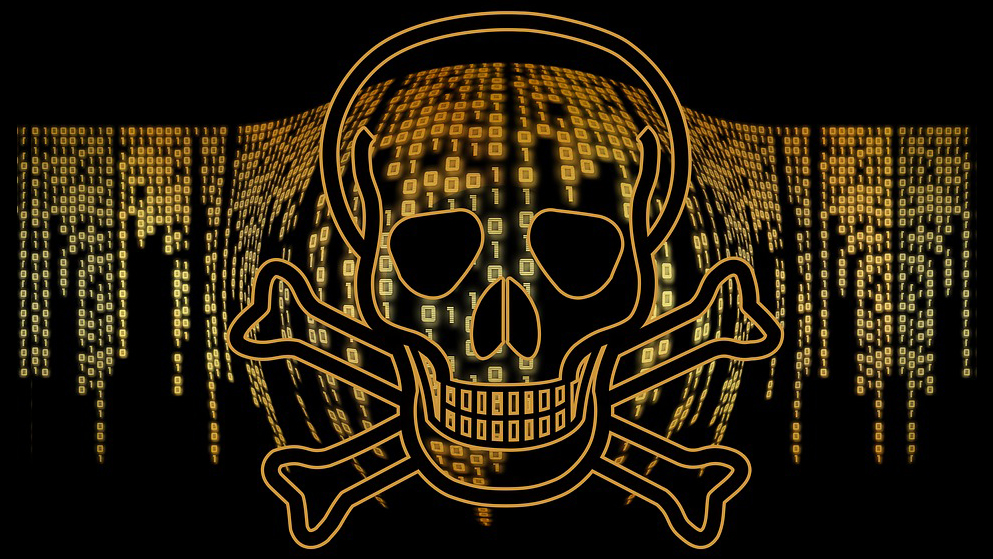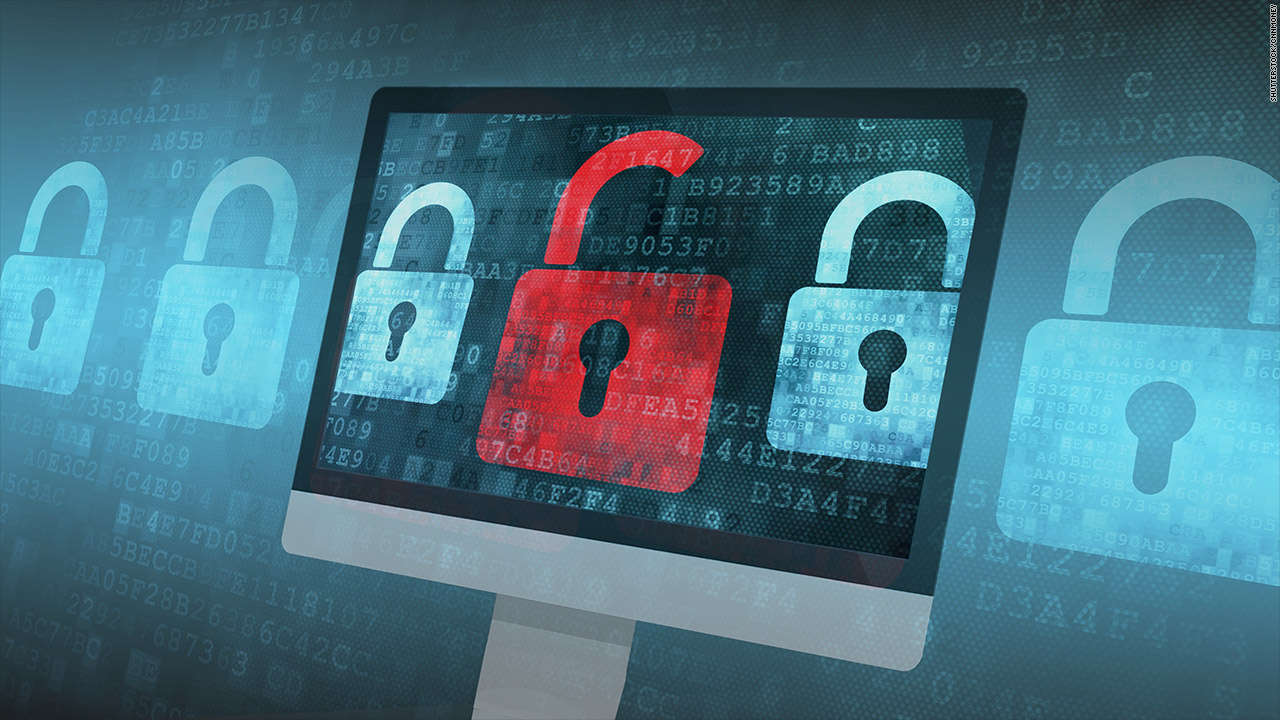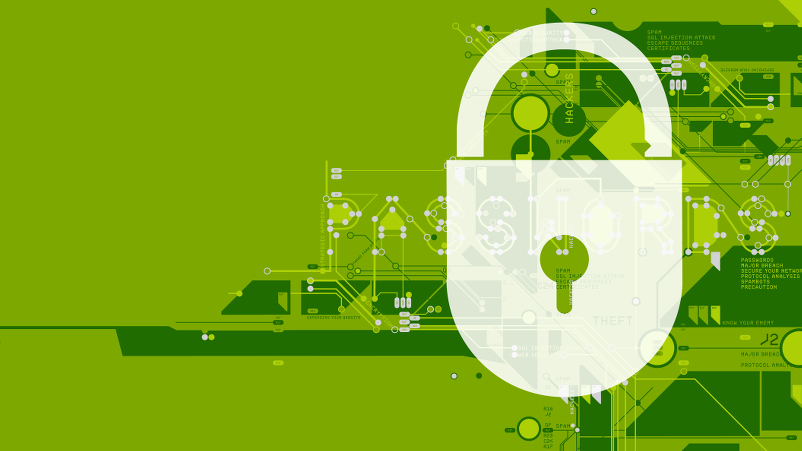How to protect your enterprise systems and data
Here are some of the top cyber-security measures that can be deployed to safeguard your business.

Even the sturdiest of organisations host a probability of being sabotaged by the tiniest of cyber-attacks. An unforeseen virus slips through the impressive yet not fool-proof defences, infects the core, and the whole system comes running down.
And what lies at the heart of today’s organisations? Information. It is the key element which builds or breaks a firm, depending on who’s controlling it. Especially in the present scenario, it is absolutely crucial to protect information assets.
You can never be too meticulous when it comes to cyber-security. So, in order to meet these cyber-attacks on your organisation heads on, you need to come up with an effective security strategy and a methodical safety framework.
- Check out our list of the best internet security suites 2018
Double-check everything, then make adjustments
Heading to the basics, and gathering information about the particular functionalities of the organisation’s online operation is the elementary step in protecting it. You need to list everything, right from the number of hosts attached on the company’s network to the location of servers through which sensitive data is passed, and see if all are working in their assigned positions. Making this inventory, using standard protocols like SNMP, will greatly help you to see where you currently stand, and how you can improve the overall system.
Once recounting, reviewing and cataloguing of the organisation’s infrastructure is done, you can move towards customisation. With a few tweaks here and a few adjustments there, you can create the perfect, safety-oriented balance.
If certain drivers or servers, working on more-than-enough locations, take up extra space, time and resources, then you can minimise them to bring in the efficiency factor. If you feel that wear-and-tear has settled in your hardware, or that your software has become redundant, then you can upgrade it to increase the safety-success rate. After all, modified structures will offer better resistance to cyber-attacks.

Tackle potential risks
It’s absolutely paramount to keep up with the fast-moving, technological times. There’s just no scope for remaining grounded in old techniques.
Sign up to the TechRadar Pro newsletter to get all the top news, opinion, features and guidance your business needs to succeed!
Organisations that stand the test of high waters, know how vital it is to stay up to date with the latest tech-inventions. They continue to append their structures with the state-of-the-art tech-gear, but in this constant modification process, they seem to overlook the subtly moving cyber-threats that dial-up the risk factor.
What you can do is identify the potential risks, assess their impact, calibrate the security controls, and neutralise the possible threats.

Unify security controls
You simply cannot afford to be haphazard in the deployment of cyber-security. Distraction is the last thing you need.
Time is an irreversible factor, and in the protection of an organisation’s systems and data against all sorts of cyber-crimes, every second counts. So, it’s better to unify security components and controls by bringing them on to one platform, a central command. This orchestration of tools and tasks, and the smooth running of workflow will enable you to manage your defences far more efficiently, and maybe even cost-effectively. Plus, you will not lose focus because of dispersion.

Employ the latest defences
With each passing minute, cyber-criminals redefine and perfect their attack strategies, come up with nastier malware, and get their hands on a more sophisticated hacking technology. Why? To hole through your defences, which fall as meek in front of their high-powered drills. What should be done in this case? Effective reinforcement of your organisation’s armour with the following safety-enhancements, that’s what!
- DNS Protection: A contaminated domain might greatly threaten and injure your network and all the proceedings done over it. To counter it, DNS protective services stand guard.
- Decentered Sentries: Wouldn’t it be great if your defences were spread out as far as possible and thus covered more ground, rather than staying in one position? It would surely be tactical to set sentries at decentralised locations.
- Gateway Keepers: Like intelligent cell walls, the gatekeepers of your organisation’s network carefully check and sift the data traffic that passes through them. If they sense anything near suspicious, they filter it over the mainstream traffic, single it out and then tackle it efficiently.
- Secure Software: When you get the flu, what’s the corrective measure that’s heavily insisted upon? A shot. Why? Because it goes directly into your bloodstream, catches the threatening virus, and eliminates it.

Get automated help
Humans are prone to err, no matter how careful they are. And when bundles upon bundles of data logs are forced upon their heads for reviewing, they can’t help but err. However, in the protection of an organisation’s online operations, given the horde of cyber-attacks, there’s no gap for error. Any slight misreading could backfire and result in devastation. Perfection comes only with automation. So, you should hand over the task of reviewing and processing to the automated help, and this way, ensure a far more efficient deployment of cyber-security.
Chris Albert is IT & Security Specialist at Charter Spectrum.
- Check out our list of the best antivirus software of 2018